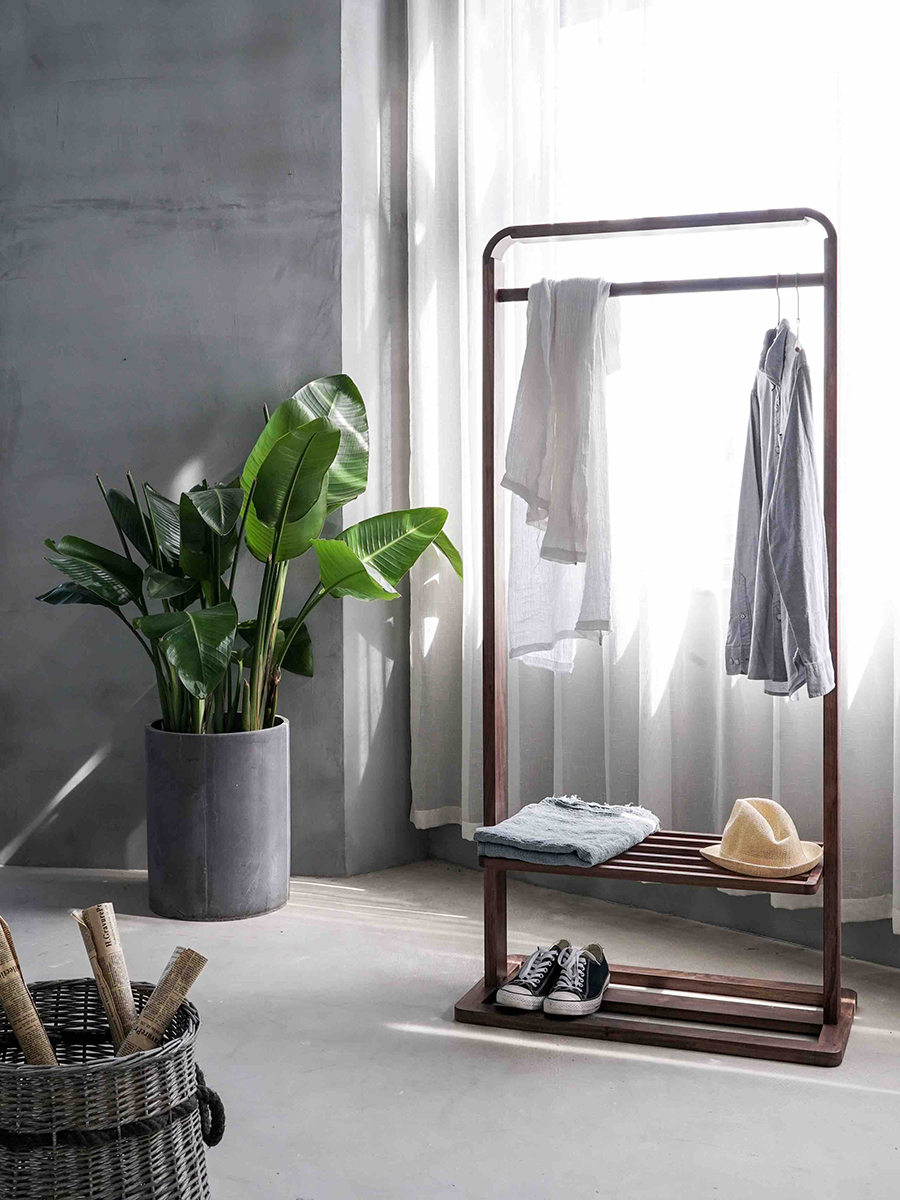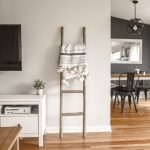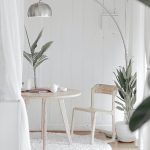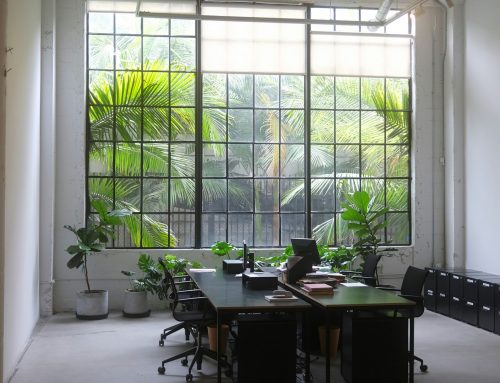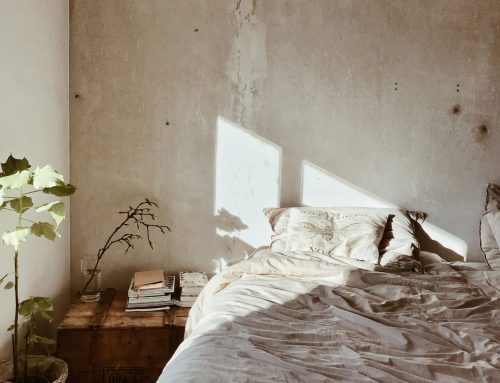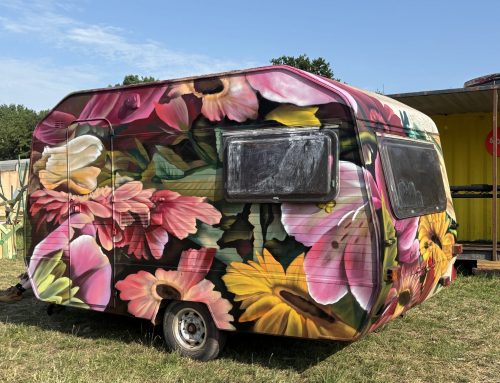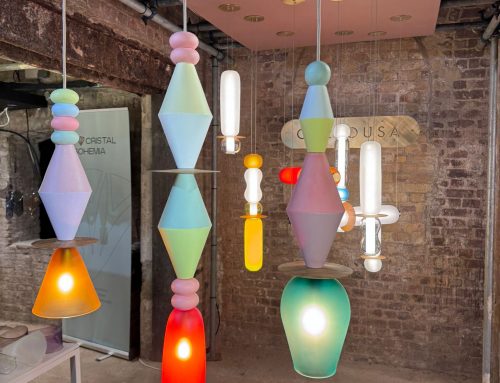As winter looms, we look to the north and the Nordic ways of living. The Scandinavian and Nordic countries are notoriously good at living a high quality life with a focus on things that really matter – unsurprisingly, the concepts, designs and aesthetics have become popular trends globally! In the blog this week we’re dissecting the Scandi design aesthetic into its basic form to try to figure out what makes it work so well.
The winter across Nordic lands is long, cold and dark – in fact, there’s substantially less light than there is darkness in any given winter day. Light is the undercurrent of Scandi-Nordic design, light is celebrated, showcased and treasured. Nordic architecture and interior design has been transformed into an optical instrument that magnifies and moves light around buildings and space.
The first design element is whiteness. One of the most recognisable traits in any Scandi-suite (even IKEA!) is white. Perhaps a direct response to the arctic climate, there are definite advantages to using white in dark months. White space has an illuminating quality and a pristine and pure quality that cannot be replaced with any other light tones or colours. Large volumes of white imitates large volumes of space which in turn creates the illusion of lightness.
The next element that links directly with the white space used in many Nordic schemes is tranquility. There is a purity in Nordic design schemes – a simplicity and peacefulness created by using unadorned objects and furnishings and a focus on raw materials and natural form. In a part of the world where the weather means than solitude is almost inevitable, it has of course been transformed into a concept that is cherished. The aesthetic of Nordic design unapologetically appreciates simplicity.
Most of us think of vast forests and fjords when we think of the Scandinavian landscape and unsurprisingly, this has made a large impact on their interior design elements. Wood is a crucial part of Scandinavian architecture and design – with exposed timber flooring and ceilings becoming a staple in any Scandi-lookbook. This is rooted in Scandinavia’s history and the fact that as a society, they remained for the most part, rural until the 20th century, meaning the forest was an integral part of everyday life.
Whilst the world may have become big fans of Nordic design aesthetics – from piles of ornamental logs, fur throws and unshaded light bulbs – it all makes perfect sense when you break these themes down into their raw elements!
We hope this gives you some decoration inspiration for the winter months ahead!

